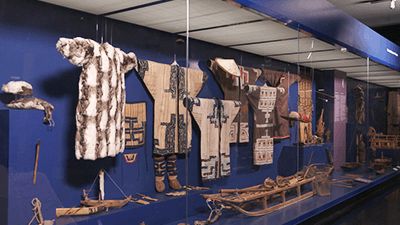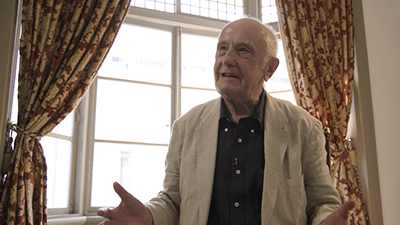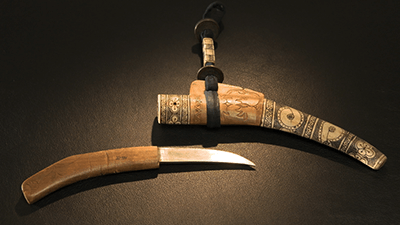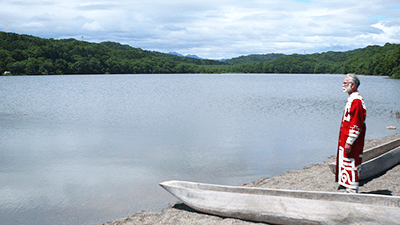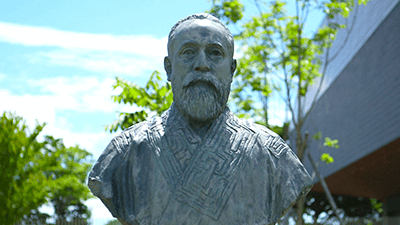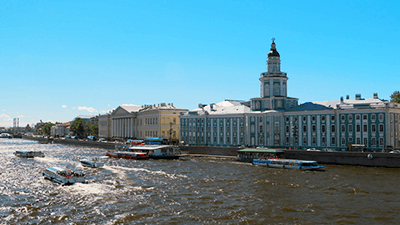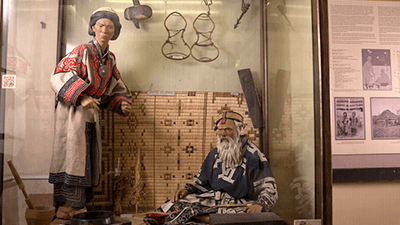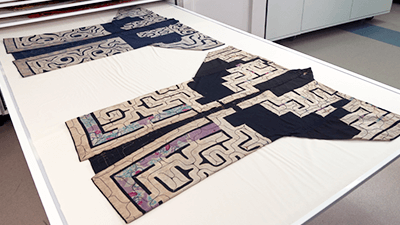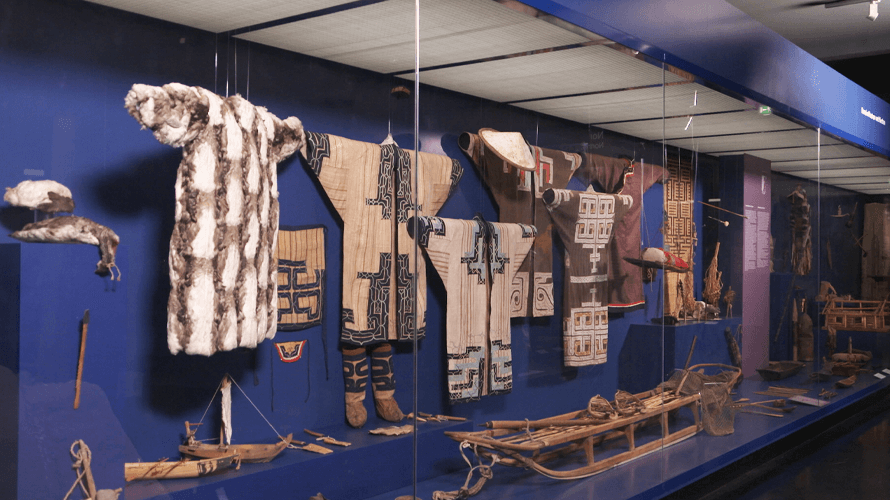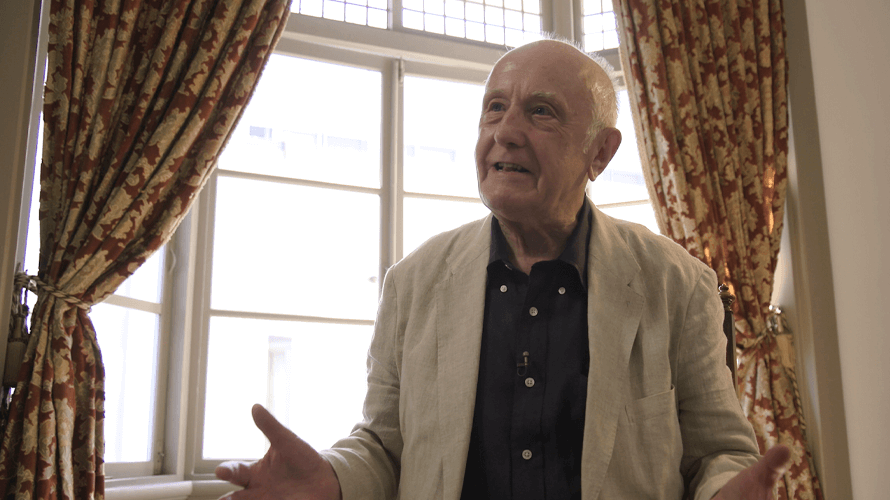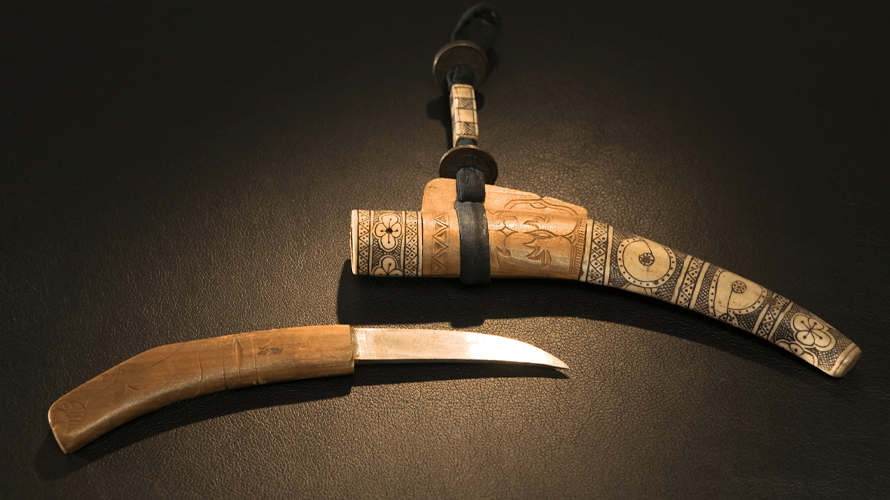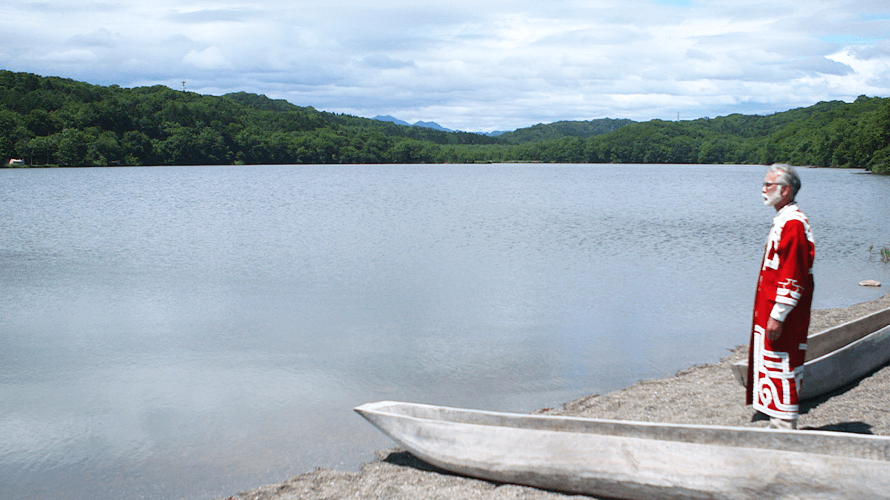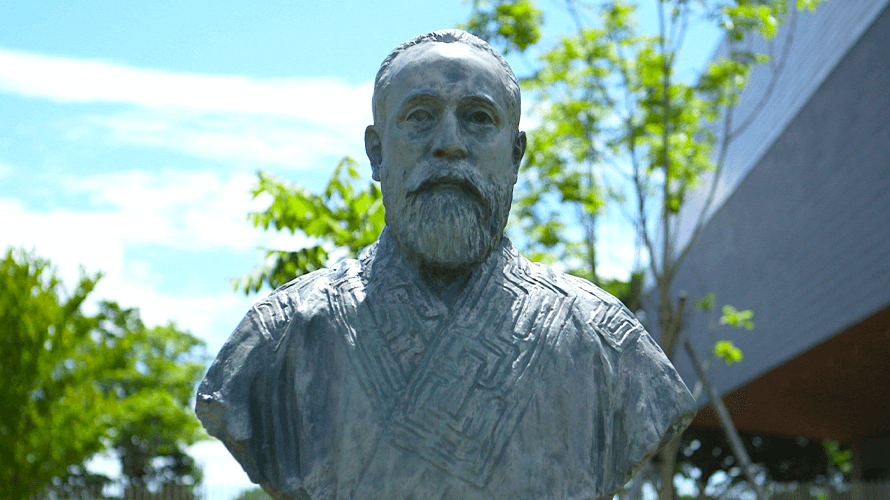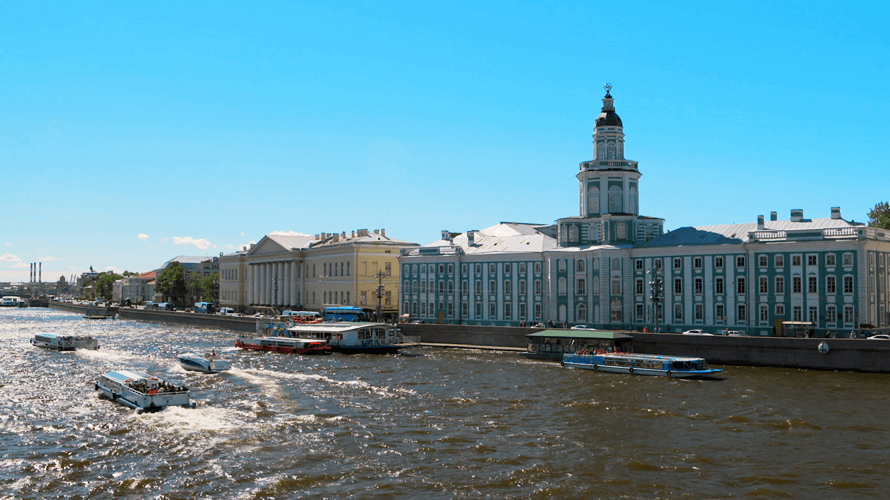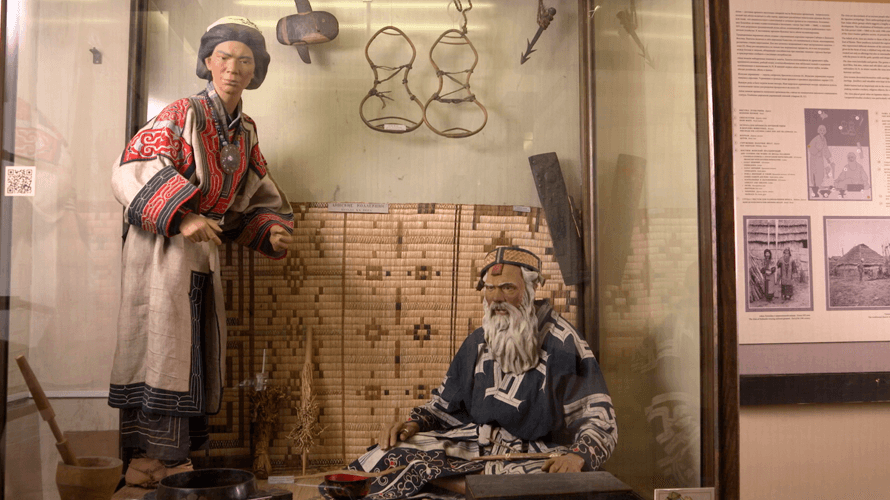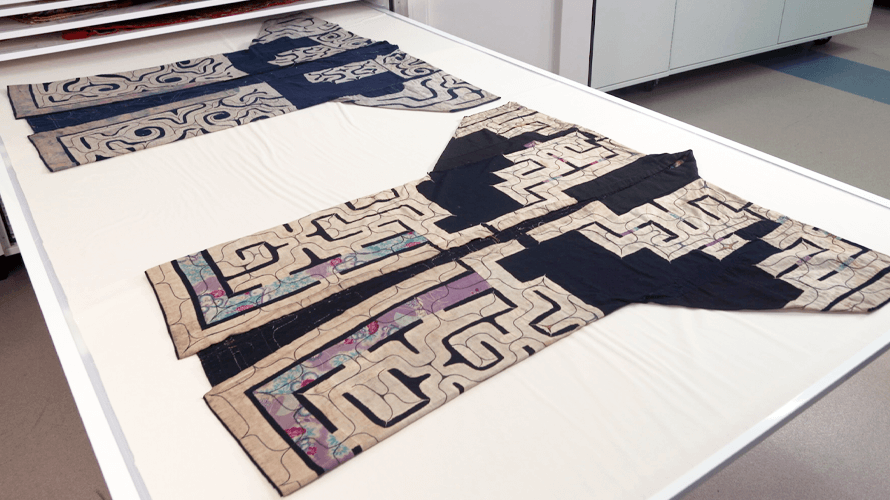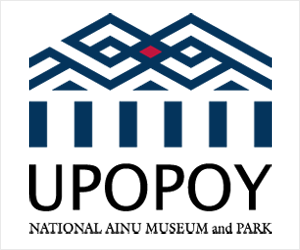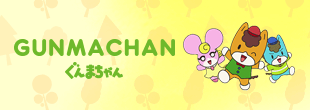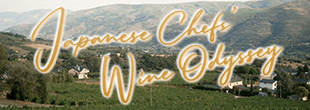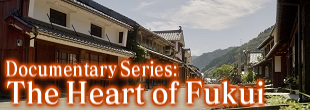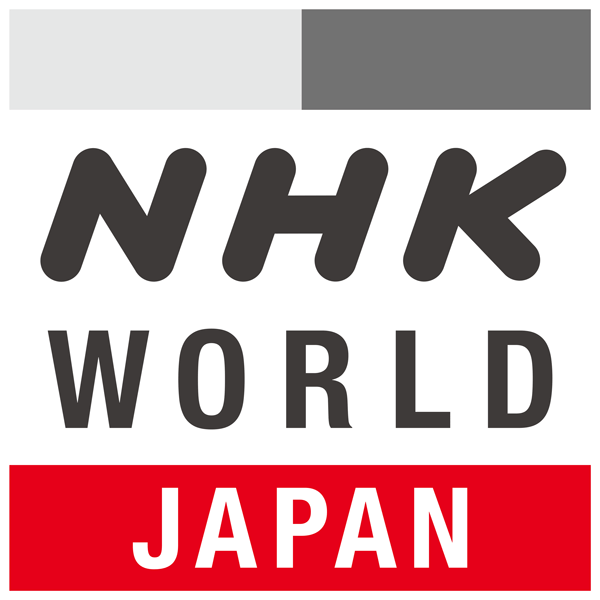Exploring the Indigenous Ainu Culture
Ainu Artifacts Around the World
Information
Museums in Europe and the US contain over 10,000 Ainu cultural items from between the 18th and 20th century, including folk crafts and tools used in daily life, photos of religious ceremonies crucial to research into Ainu culture and wax cylinder recordings of their unique language. How were museums in over 15 countries able to gather and exhibit this much material on the Ainu?
This was due to Philp Franz Seibold, a major figure in sharing Ainu culture with the world who came to Nagasaki as a doctor, as well as his son Heinrich Von Siebold, who carried on his father’s legacy of researching Japanese culture during the late 18th to early 19th centuries and wrote the “Ezo Diaries”, and finally the elder brother of Poland’s first Chief Marshal, Bronisław Piłsudski, who lived with the Sakhalin and Hokkaido Ainu. We’ll follow their paths back to museum exhibits in Russia and Germany, as well as take a look at new ways that The Smithsonian Museum and British Museum are carrying on the legacy of the past by sharing Ainu culture in the present.
Gallery
